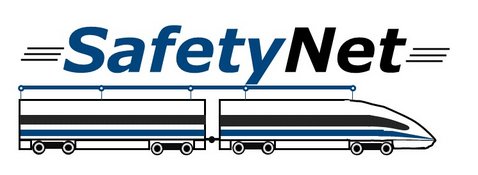Project description
The current state-of-the-art for transferring data over the complete length of a train (e.g. TCN or proprietary technologies from OEMs) are setting limits for developing new and safety-related functions of braking systems. The performance of such a network is mostly limited due to the sheer number of nodes and end-points, their connection through hierarchical communication infrastructures, as well as the relatively large physical length of a train.
As a first step within the project "train-wide availability of local sensor data", we acquire the functional and non-functional requirements of such an information and communication. This is conducted regarding the requirements for a range of newly developed braking system functions. The most important requirement categories are functional safety and performance of the transmission (delay, jitter). Consequently, we are developing concepts for realizing the train-wide communication of sensor and actuator data with a combination of new architectural approaches and also by employing current Ethernet-based and real-time capable technologies. These derived concepts are evaluated within a simulation demonstrator first and further their real behavior is analyzed within a hardware-in-the-loop environment for observing fulfillment of the requirements under different scenarios.
Important challenges for the project are the safety-related, train specific boundaries to the information and communication topology for introduction within the world-wide OEM target systems. Currently there is a trend for decentralizing the driving components from a front-driven railcar to a decentralized configuration by the use of distributed traction motors underneath the cars. This leads to the requirement to connect a large number of end nodes involved in driving and braking the train and also to establish safe functions after rearrangement of the train’s car configuration within a short amount of time. Furthermore, the introduction of new networking technologies must be analyzed regarding the downward compatibility to existing and commonly utilized end-point actuators and sensors with regard to the whole lifecycle of the technical system. Consequently, a mid-term and a long-term solution for solving the requirements of new modern braking functions will be developed to demonstrate the trade-off of such systems in comparison with the newly gained functional and safety performance but also to enable a transition scenario between conventional and future communication system within trains.
Goal of the project
The goal of the project is the investigation of a model-based process of development and research of a technology with accompanying architecture and topology for the train-wide availability of safety-critically, real-time sensor and actuator data to the fulfilment of new brake functions in the train.
